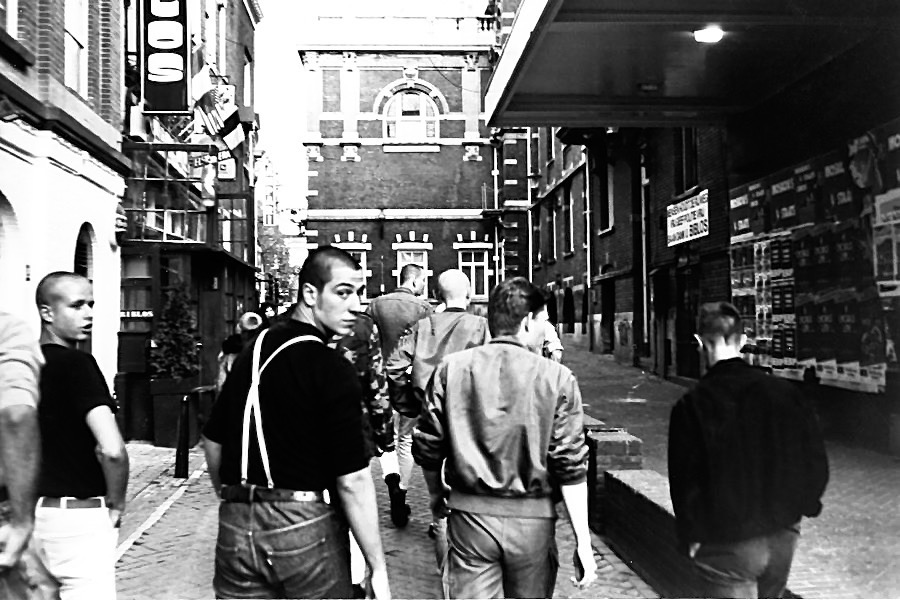
Skinheads in Amsterdam
The rise in racism upsets me. As a music teacher, I was given the opportunity to teach about racism in an age appropriate way while relaying pertinent information about the enslavement of African peoples and its parallels in Indigenous communities.
“Oh, Great Spirit, keep me from ever judging a man until I have walked a mile in his moccasins.” – Sioux proverb
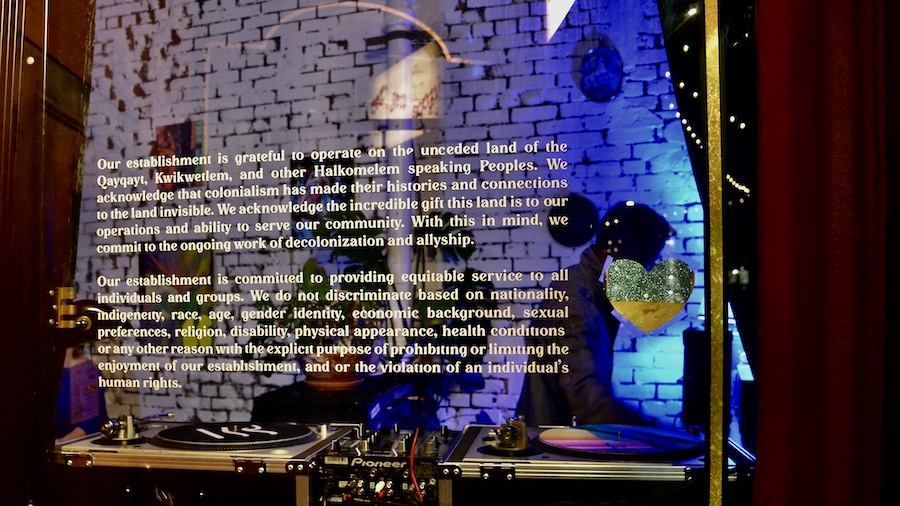
Well said Mood Swing!!
The following was originally written in 2017 for a Drama in Education course at SFU. We wrote weekly E-posts about any “stop moments” – things that resonated with us.
(2017 with edits)
As I hear everywhere around me, racism appears to be rising, especially against those of Muslim origin. Of course, having racist politicians in the most powerful country in the world has given some people carte blanche (no pun intended) to express their bigoted views.
JANE ELLIOT – BLUE EYES/BROWN EYES
I’d seen a documentary many years ago whereby a teacher conducted a type of experiment on her Grade Three students. The students involved were from Iowa where the population was 98% white Anglo-Saxon. The teacher, Jane Elliot was inspired to conduct this “exercise” after the death of Martin Luther King Jr. The eight-year-olds found out quickly how it felt to be discriminated against.
Day one of the exercise favoured the blue-eyed students. Day two favoured brown-eyed students. The inferior group wore a simple collar pinned around their neck so you could tell who they were from a distance, before noticing their eye colour. The superior group was allowed such privileges as extra time at recess and more food at lunch. They were not allowed to play together.
In 1970, after a few years of conducting this exercise, Elliott’s students were filmed resulting in a documentary called The Eye of the Storm. The same students were brought back 14 years later to see what effect the exercise had on them and a new documentary A Class Divided was produced.
The results were profound and even affected the children academically. When a group was on the bottom, their test scores in other subjects that day went down. When a group was favoured, their tests scores went up. For the rest of the year, after the experiment, all students had higher marks than they had previously!
When they met again as adults, the former students thought they had been changed by the experience. They were not racist and would engage with people who were, to tell them their point of view. One person commented that after going through the role reversals, they were like family now. The experience had bonded them as a class. Jane also went on to conduct the “exercise” with adults in a corporate setting.
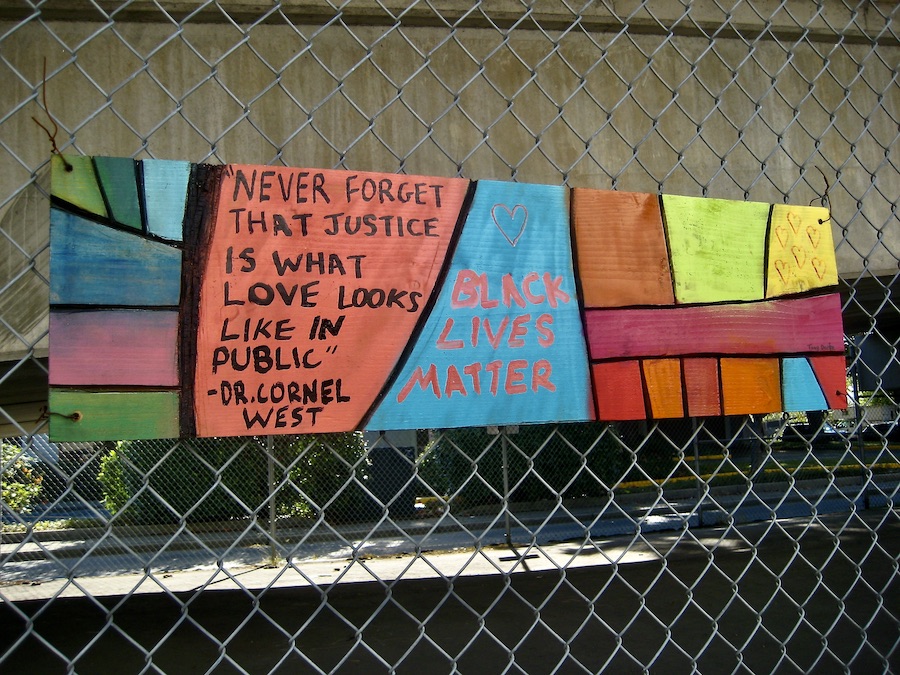
PBS WEBSITE
On the PBS website, there is also a Teacher’s Guide and in the film, Jane Elliot warns that the exercise could be damaging if not done correctly.
I encourage everyone to read the Teacher’s Guide suggestions when wanting to broach controversial subjects.
http://www.pbs.org/wgbh/pages/frontline/teach/divided/assignment1.html
PERSONAL
(2024)
Like one of the characters in the unfortunately now defunct Chris Issak Show, I feel an affinity to Indigenous and Black cultures. When I was six my father took me to a Pow Wow in Saskatchewan and even though I cried from being scared when the Chief sat down next to me in full regalia, I continue to have an interest in and meet Indigenous people who have had a profound effect on me. I believe if we were to employ the ways of the Indigenous, we would not be in the crisis mode we are currently in. My mother had people of colour in her circle of friends. I studied African music independently for many years and went to Africa in 1992.
My own ancestors (though I was not interested in it until around 2010) were Doukhobors. Even though they were white, they faced discrimination for their pacifist beliefs and anarchist ways in Russia and again when they were exiled to Canada in the early 1900s. As an aside, my relatives were the “Independents” and stayed in Saskatchewan and were not the radical Sons of Freedom who ended up in the Kootenays and were known for nude parades and setting fires to their own homes (and later government structures) in opposition to materialism.
Given all of the above, I am a privileged white woman. What right do I have to teach about racism? Some of the things I say may be construed as racist so I have to be very careful, moreso now than ever before. For example, the opening quote is also known as the Sioux Indian Prayer. Am I allowed to say this?? Do I always need to use the term Indigenous?? Could my thought process in forming these questions be construed as racist?

MUSIC AS THE BRIDGE
As a music teacher, racism is easy to broach because popular music in North America would not have emerged without the tragedy of African enslavement. I start to talk about this with students in Grade 2 and then I teach them the Jam and Jelly Blues. If they choose to, they can either sing a short solo or improvise after listening to Mahalia Jackson sing We Shall Overcome and other vocal improvisation examples. I also teach African songs I’ve learned from people of African origin.
Every year, but especially around MLK Jr Day and during Black History month I give students some history, watch videos of black artists, read books about the Underground Railway or Africville and other stories. Nowadays, there are a lot more books available written by people of colour and young people of colour as well. That wasn’t always the case. We discuss, or rather I tell them, how wrong it is to judge others just because they are different (not just skin colour) and, depending on my mood, will go into the economics of slavery.
Teaching Indigenous music is a little trickier as you need explicit permission from the song keeper, but we learn the Indigenous songs I have permission to teach.
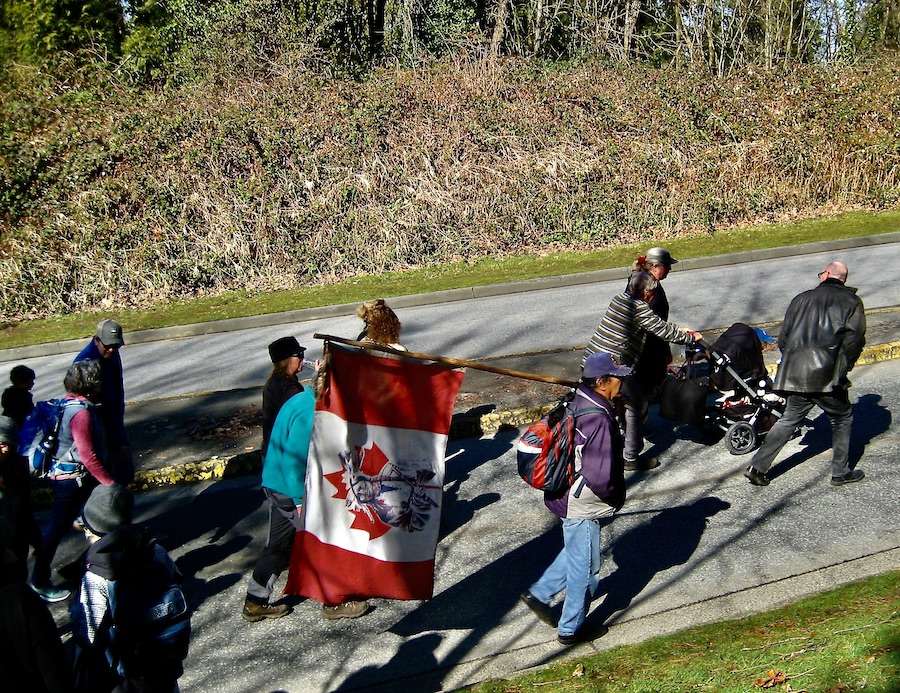
Burnaby, BC
I introduce students to music from other cultures as well. When kids hear music from their own culture, they love it.
I used to discuss racism with the classes in a more personal way – some students would admit that some of their family members were racist, and not just white to BIPOC but the reverse as well. For some reason, over the years, I stopped the exchange part because I am fearful of what may come up and me not being able to handle it. I taught K – 5 music for 22 years in a school that changed demographics from a mid to upper class school of mainly white students to a very diverse low to upper class school where I felt less at ease teaching about racism. Who am I as a white woman…?
I also feared parent backlash. Jane Elliot is an inspiration to me. However, I don’t know if I would be brave enough to do what she did and also if it would be acceptable. Apparently a teacher in another district did so and was reprimanded.
IF YOU ASK ME
In my opinion, racism (as well as oil politics, poor economic conditions and pornography) are precursors to war. It is imperative that racism must not be tolerated from any side. I don’t know what people don’t get – you must get to the children in order to prevent social problems that can occur later in life.
WELCOME CHANGES
It’s 2025 now and, at least in my district, the call to teach about racism in school is emphatic and written into the curriculum. I realize, I have been doing this all along, even as a student teacher so feel proud of that. I retired last year but still substitute teach and see that good work around racism, environmentalism, gender equity, mental health and neurodiversity is alive and well. However, in this era of increased polarization, maybe it’s time to lobby to try Jane Elliot’s radical hard line approach so students can “walk a mile…”
POST SCRIPT
PS – to present this blog, I followed the link to the PBS website and was presented with a warning, “This is FRONTLINE’s old website. The content here may be outdated or no longer functioning.” Recently I noticed celebrities on Instagram advocating for the PBS. It’s a very sad state of affairs to think that funding for this invaluable resource is drying up and it’s due to racist policies of the current American government.
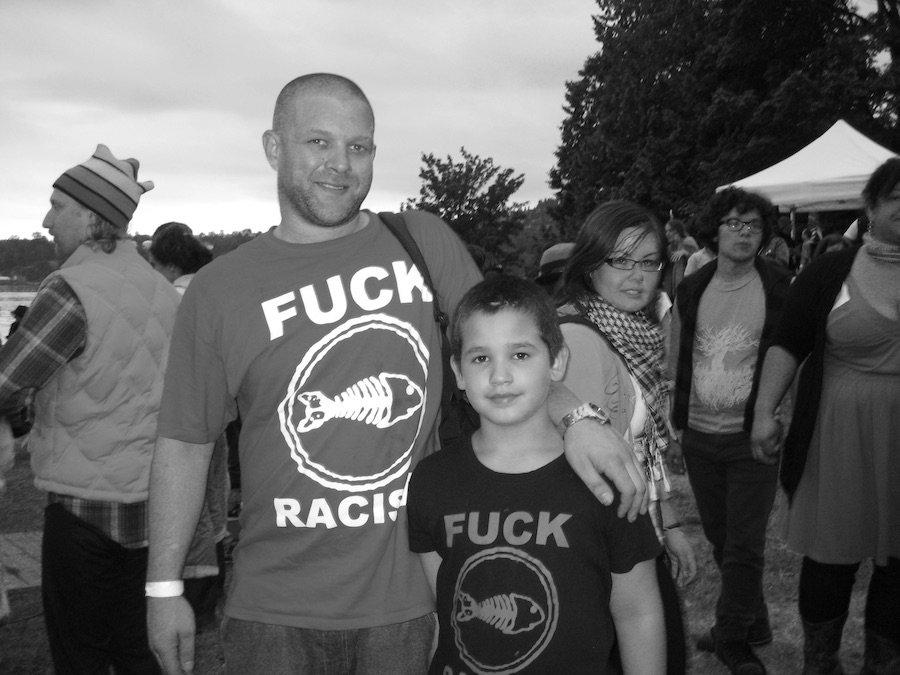
Leave a Reply